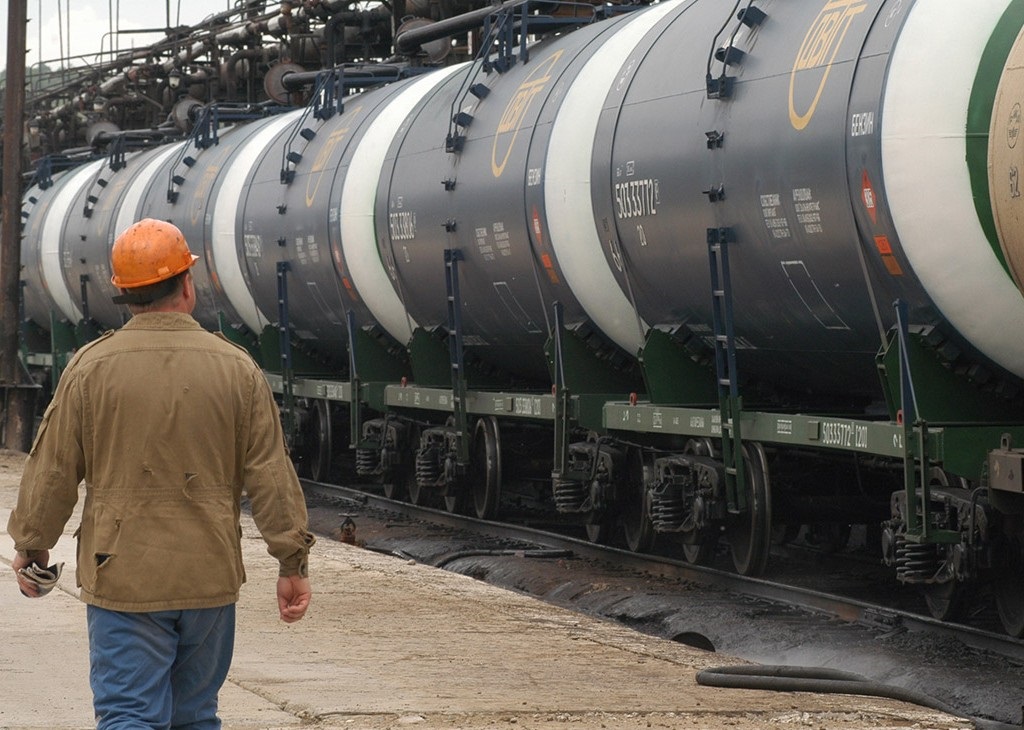Tajikistan imported more than 1.2 million tons of fuel and lubricants, including about 853,000 tons of petroleum products and 397,000 tons of liquefied natural gas (JNG), according to the Ministry of Energy and Water Resources (MoEWR).
An official source at a MoEWR says the following petroleum products were imported into the country last year: 387,000 tons of diesel fuel; 320,000 tons of gasoline; 60,000 tons of jet fuel; 40,600 tons of petroleum coke; 30,000 tons of bitumen and fuel oil; and 1,200 tons of other petroleum products.
As far as LNG imports are concerned, LNG imports last year reportedly increased by 14 percent or 154,000 tons compared to 2021. Kazakhstan provides the bulk of Tajikistan’s LNG imports
The MoEWR had earlier reported an increase in the amount of petroleum products delivered from the Russian Federation on preferential and concessional terms.
It is to be noted that Russia provides the bulk of Tajikistan’s fuel imports.
Tajikistan and Russia have made amendments to the indicative fuel balance for 2023. Following their meeting in Moscow, Tajik Deputy Energy and Water Resources Minister, Ms. Sharifa Khudobakhsh and Russian First Deputy Energy Minister, Mr. Pavel Sorokin, signed a document amending the indicative balance of petroleum product imports in late November last year.
In accordance with this document, the overall volume of the indicative balance has increased, including the amount of deliveries of gasoline and diesel fuel to the internal market of Tajikistan as compared to last year.
Since 2013, more than 90 percent of all petroleum products have been imported into Tajikistan from Russia on concessional terms.
In accordance with amendments made to the government-to-government agreement between Tajikistan and Russia on petroleum product deliveries to Tajikistan, Tajikistan should provide its proposals on formation of the indicative fuel balances to Russia every year until September 5
Relevant bodies of the two countries should coordinate Tajikistan's internal fuel consumption volumes for the next year and sign indicative balances until October 1.
Besides, Tajikistan should provide information on implementation of indicative balances for nine months and the expected implementation of them during the current calendar year to Russia every year until November 15.
The sides can change the volumes of provided duty-free petroleum products for the current year until August 20 taking into account the reasonable change of internal consumption in Tajikistan.
Recall, Tajikistan was exempted from paying Russian tariffs on oil and gas exports from 1995-2010 and Russia cancelled Tajikistan’s tax exemption on May 1, 2010 that resulted in gasoline prices rising in the country.
The agreement on duty-free Russian oil product deliveries to Tajikistan was signed between the governments of Russia and Tajikistan in Moscow on February 6, 2013
Under this agreement, the sides consider and endorse the indicative fuel balance for the next calendar before October 1 of each year. Fuels delivered in addition to the indicative fuel balance will be liable to export duty.
Russian petroleum products delivered to Tajikistan in the volumes not exceeding those agreed on indicative balance are not subject to re-export to the third countries.
According to data from the Agency for Statistics under the President of Tajikistan, Tajikistan itself produced only 510 tons of gasoline, 4,000 of diesel fuel, 5,100 tons of fuel oil, and 3,200 tons of bitumen last year.
In 2022, Tajikistan reportedly produced about 25,000 tons of oil.
There are now two small refineries with a total annual capacity of 150,000 tons operating in Tajikistan. Both enterprises belong to the Closed Joint-Stock Company (CJSC) Hasan & Co.
Besides, China’s Dong Ying Heli Investment and Development Co. Ltd (Heli) implemented a crude oil refinery project in Danghara Free Economic Zone (FEZ Danghara). The project involved the construction of distillation units, catalytic reformer units, storage units, and the installation of filters, pumps, gas compressors, and the laying of oil pipelines. The project was implemented in two stages: the first phase involved the construction of a refinery with the production capacity 500,000 tons of crude oil per year; and the second stage involved the construction of a facility to reach the production capacity to 1.2 million tons of crude oil per year.
However, the refinery in FEZ Danghara is not in operation yet due to lack of crude oil at affordable prices.




